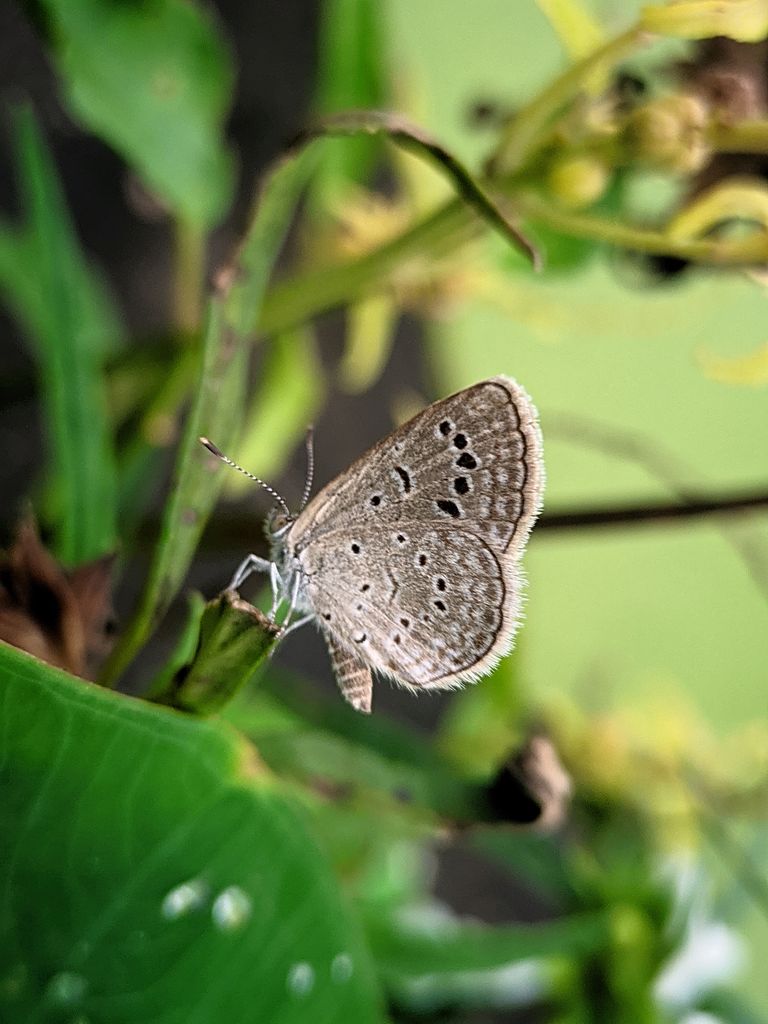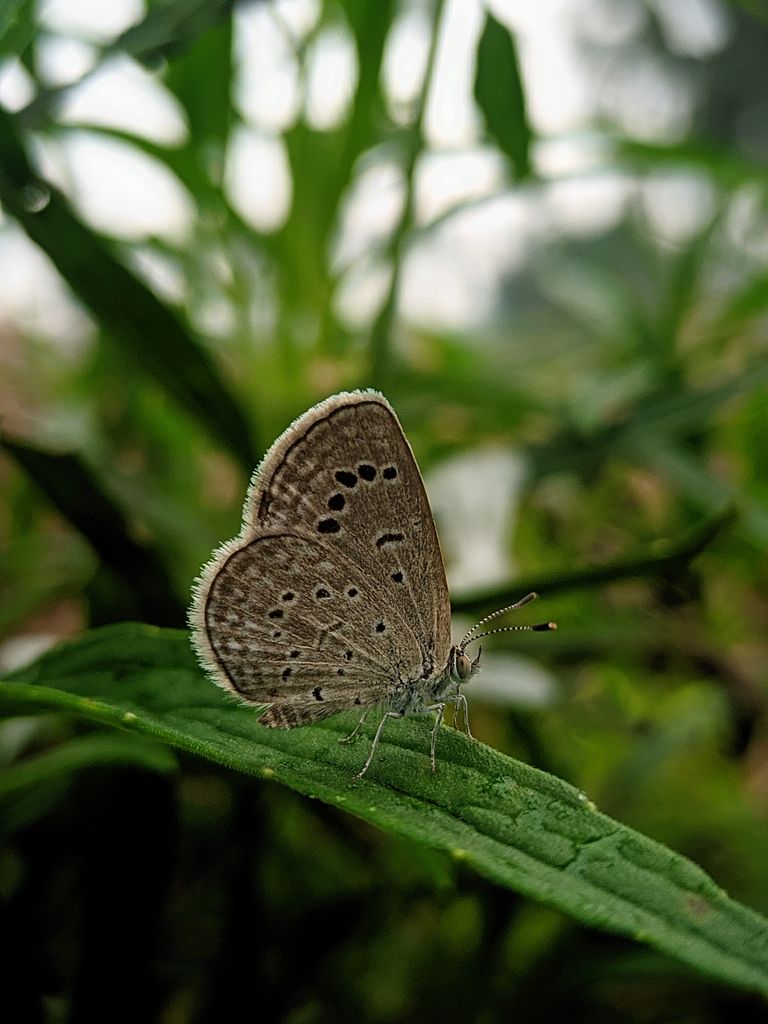| Nature is a constant source of wonder and fascination, and one of its most captivating creations is the Tiny Grass Blue butterfly. Despite its diminutive size, this enchanting butterfly holds a special place in the hearts of nature enthusiasts and butterfly lovers around the world. In this blog post, we will explore the delightful charm of the Tiny Grass Blue and delve into the unique characteristics that make it such a remarkable creature. The Tiny Grass Blue butterfly is widely distributed across different regions of the world, including Asia, Africa, Australia, and parts of Europe. This wide distribution adds to its allure, as it is accessible to butterfly enthusiasts in various parts of the globe, allowing for widespread appreciation of its beauty. As its name suggests, the Tiny Grass Blue butterfly prefers grassy habitats such as meadows, open fields, gardens, and even roadside verges. It is often spotted fluttering around low-growing plants and grasses, where it feeds on nectar from various small flowers. These butterflies have a low and quick flight, making them a challenge to track with the naked eye. One intriguing behavior of the Tiny Grass Blue is its tendency to engage in "mud-puddling." This behavior involves perching on moist soil or sand and extracting minerals and nutrients, including salts and amino acids, from the damp substrate. This peculiar habit provides essential nutrients for their reproductive functions and enhances their survival. Once the caterpillar reaches maturity, it pupates into a chrysalis, where it undergoes a remarkable transformation. After a few weeks, the chrysalis splits open, and the adult butterfly emerges, ready to grace the world with its delicate presence. The Tiny Grass Blue butterfly, like other butterflies, plays a vital role in pollination. As it flits from flower to flower, it inadvertently transfers pollen, contributing to the reproductive processes of various plants. This interaction is essential for maintaining healthy ecosystems and ensuring the survival of numerous plant species. Furthermore, the presence of the Tiny Grass Blue butterfly serves as an indicator of the overall health of grassland habitats. Their population abundance and diversity can reflect the quality of the surrounding environment, making them valuable indicators for conservation efforts. |
|---|




| The Tiny Grass Blue butterfly might be small in size, but it leaves an indelible impression on anyone lucky enough to witness its beauty. From its captivating azure wings to its intriguing behaviors, this delightful creature serves as a reminder of the awe-inspiring diversity and complexity of the natural world. By appreciating and understanding the Tiny Grass Blue butterfly and its significance, we can cultivate a deeper connection to nature and inspire a collective effort to protect and preserve the delicate ecosystems that support these enchanting creatures. So, let us celebrate the Tiny Grass Blue butterfly and its enchanting presence in our world. |
|---|